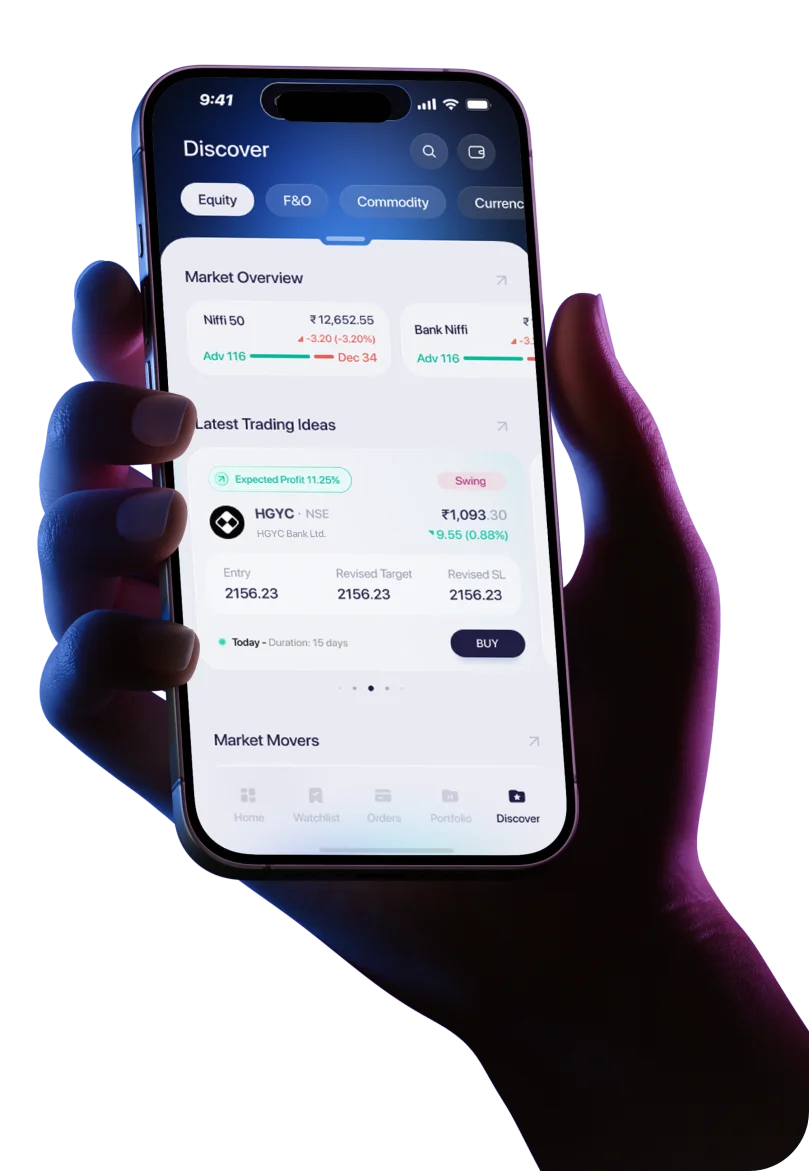Introduction: The IPO Buzz – Why Everyone’s Talking About It
You’ve probably heard the hype—“Zomato IPO opens today,” “LIC lists with a bang,” or “Don’t miss this upcoming IPO!” But what exactly is an IPO, and why do investors get so excited?
An IPO (Initial Public Offering) is when a private company decides to go public by offering its shares to everyday investors like you for the first time. It’s not just a way for companies to raise money—it’s also a golden ticket for investors to be part of a business journey right from the start.
In this guide, we’ll decode what an IPO is, how the entire IPO process works in India, the grey market IPO craze, and give you a sneak peek into upcoming IPOs. Whether you’re a beginner or an intermediate trader, you’ll learn how to make smart, confident IPO investments.
What is an IPO? Explained Simply
An Initial Public Offering (IPO) is when a company lists its shares on the stock exchange, allowing public investors to buy a piece of ownership in it.
Why Do Companies Launch IPOs?
- To raise capital for expansion, R&D, or reducing debt.
- To provide an exit route for early investors and founders.
- To gain public credibility and unlock value.
Why IPOs Matter to You as an Investor
- You get in at the ground level—often before big price movements.
- If successful, they can deliver handsome listing gains.
- Some IPOs (like TCS or Infosys) created long-term wealth.
Example:
When Zomato launched its IPO in 2021, it received massive investor interest. Despite initial debate around valuations, early investors saw solid listing gains. Another massive IPO—LIC (2022)—attracted over ₹20,000 crore in subscriptions.
Types of IPOs You Should Know
🔸 Book Building Issue
Here, the company sets a price band (say ₹100–₹110). Investors bid within this range, and the final price is discovered based on demand. Most IPOs in India follow this route.
🔸 Fixed Price Issue
The price of shares is fixed in advance (e.g., ₹150 per share), and investors pay upfront.
Categories of Investors:
- Retail Individual Investors (RIIs): Can invest up to ₹2 lakh.
- Qualified Institutional Buyers (QIBs): Mutual funds, insurance firms.
- High Net-Worth Individuals (HNIs): Retail investors investing over ₹2 lakh.
Allocation differs across categories.
IPO Process in India: Step-by-Step
The IPO journey is like a relay race—from private to public—and each step is vital.
Step 1: Pre-IPO Filing
The company files a Draft Red Herring Prospectus (DRHP) with SEBI. This document includes financials, business model, risks, and usage of funds.
Step 2: SEBI Approval
SEBI scrutinizes the DRHP. Once approved, a final prospectus is filed.
Step 3: Book Building & Price Band
The company sets a price band and opens the IPO for subscription (usually 3 days).
Step 4: ASBA Application
Investors apply via ASBA (Application Supported by Blocked Amount)—where your funds are blocked in your bank account until shares are allotted.
Step 5: IPO Allotment
Post subscription, the registrar allots shares based on demand. If oversubscribed, allotment is done via lottery.
Step 6: Listing on Exchange
The company lists on NSE/BSE, and shares start trading. This is when listing gains or losses are realized.
Pro Tip:
Track subscription data during the IPO window—it shows demand from different investor classes.
What is Grey Market IPO & GMP?
Even before the IPO lists, shares start trading unofficially in the Grey Market.
What is Grey Market Premium (GMP)?
It’s the extra price investors are willing to pay over the IPO price.
Example: If the IPO price is ₹100 and GMP is ₹30, expected listing price is ₹130.
How is GMP Calculated?
Based on informal demand & supply, mainly among a group of brokers or dealers in offline setups. It’s NOT tracked by SEBI or exchanges.
Risks and Reliability of GMP:
- GMP can give early demand signals, but it’s speculative.
- Manipulations are common—no regulatory oversight.
- Many IPOs with high GMPs flopped post-listing.
Benefits and Risks of Investing in IPOs
Benefits:
- Quick gains from listing day.
- Diversification with newer sectors.
- Access to emerging businesses early.
Risks:
- Hype-driven pricing may lead to overvaluation.
- Markets can turn volatile around listing.
- Poor allotment chances in high-demand IPOs.
Tip: Look beyond the buzz. Invest based on fundamentals, not just GMP or media hype.
Final Thoughts
IPO investing can be thrilling - but also risky if not done right. With this guide, you now understand what an IPO is, how it works, the buzz (and dangers) of the grey market, and how to spot promising upcoming IPOs.




 Easy & quick
Easy & quick
Leave A Comment?